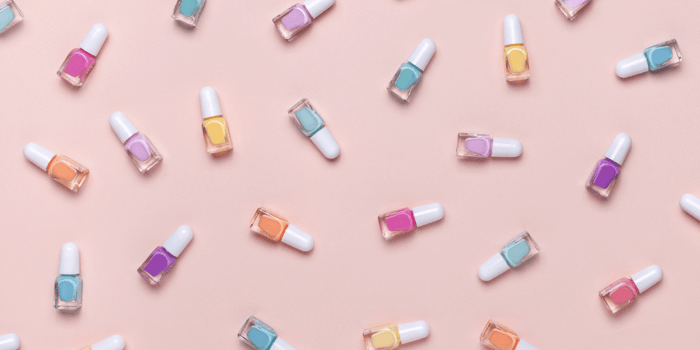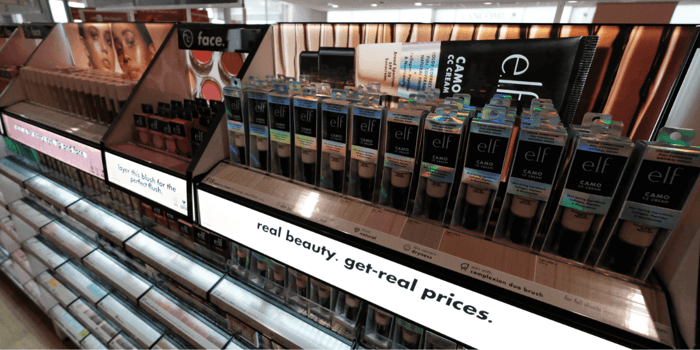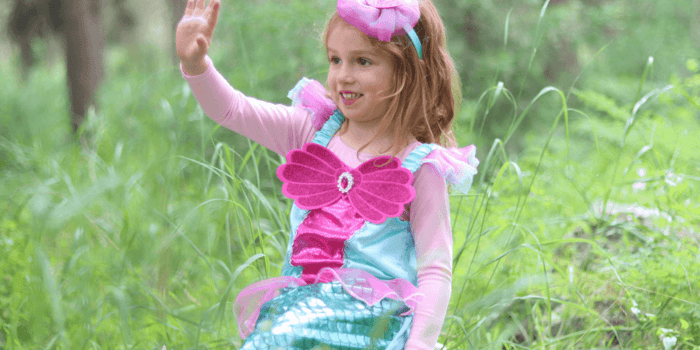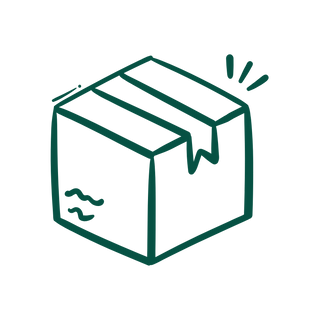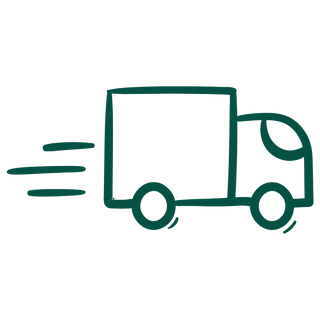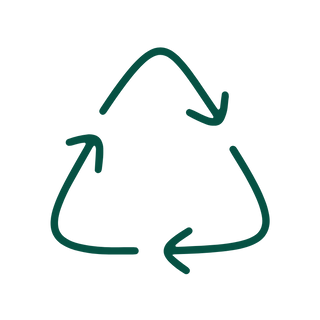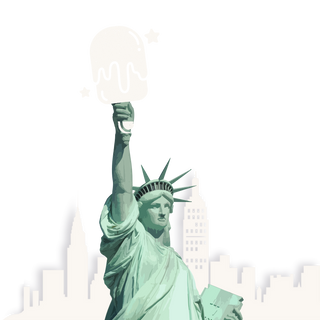Table of Contents
- Kids Non Toxic Swaps: Easy Ingredient Swaps Every Mom Should Know
- Body Glitter: A Closer Look at One of the Most Overlooked Kids Non Toxic Swaps
- Detangler: One of the Most Important Kids Non Toxic Swaps for Daily Use
- Nail Polish: One of the Most Essential Kids Non Toxic Swaps for Safer Play
- Why These Kids Non Toxic Swaps Matter
- Understanding Greenwashing in Kids' Personal Care Products
- How Is Green Marketing Different from Greenwashing?
- How to Avoid Greenwashing
- The 7 Sins of Greenwashing
- Where Marketing Ends and Motherhood Begins
Kids Non Toxic Swaps: Easy Ingredient Swaps Every Mom Should Know
One minute you’re tossing bubble bath, glitter, and lip balm into your cart without a second thought—because it’s cute, your kid is excited, and the label says “for children.” The next, you’re standing in the store aisle, squinting at ingredients and Googling things like Red 40 Lake and phthalates on your phone. That’s usually the moment parents start searching for kids non toxic swaps—safe alternatives to everyday products we assumed were fine until we looked closer.
You're not alone.
At Popsicle Beauty Club, we believe in progress over perfection—and that clean beauty for kids shouldn’t require hours of research or a chemistry degree. That’s why we created POP SWAPS, a free guide filled with kids non toxic swaps for everyday products like detangler, bath bombs, lip balm, and nail polish.
These safer alternatives make it easier to protect your child’s health—one thoughtful swap at a time.
Let’s break it down category by category, with the exact products and ingredients we recommend avoiding—and what to use instead.
Body Glitter: A Closer Look at One of the Most Overlooked Kids Non Toxic Swaps
Product to avoid: Claire’s Body Glitter
Toxic ingredients commonly found:
Laureth-23 & Laureth-4 – synthetic surfactants linked to skin irritation
Aluminum powder – associated with neurotoxicity
Microplastics – environmental pollutants and potential skin irritants
Red 6, Red 7, Red 34, Red 40 Lake – petroleum-derived synthetic dyes
Yellow 5 – artificial colorant that may cause skin sensitivity
These ingredients are commonly found in kids' glitter makeup kits and are known to contribute to both skin issues and environmental harm.
POP SWAP: The Glitter Tribe – Biodegradable Glitter
100% plastic-free and plant-based
Safe for sensitive skin
Eco-friendly and biodegradable
Why it matters: Glitter may seem like harmless fun, but many products marketed to kids are loaded with synthetic dyes and microplastics. The Glitter Tribe is one of the simplest kids non toxic swaps you can make—it delivers the same sparkle, without the hidden risks.
Detangler: One of the Most Important Kids Non Toxic Swaps for Daily Use
Product to avoid: Suave Kids Detangler Spray
Toxic ingredients commonly found:
Artificial fragrance – vague term that can hide dozens of undisclosed chemicals
Phthalates – linked to hormone disruption and developmental concerns
Red 28, Red 33, Blue 1, Yellow 5 – synthetic dyes derived from petroleum
These ingredients are frequently found in conventional detangler sprays and can irritate young scalps or trigger allergic reactions.
POP SWAP: SLiCK KiDS – Plant-Based Detangler
Free from SLS, SLES, phthalates, and synthetic fragrances
Made with gentle, plant-based ingredients
Lightly scented with essential oils or naturally derived aromas
Why it matters: Detangler is one of those products many kids use daily, which makes it a high-priority category in your kids non toxic swaps journey. Slick Kids is a worry-free option that gently smooths and softens hair—without exposing your child to harsh ingredients.
Bath Bombs: One of the Most Overlooked Kids Non Toxic Swaps for Self-Care
Product to avoid: Crayola Bomb Baths
Toxic ingredients commonly found:
Synthetic fragrance – an unregulated term that may include dozens of undisclosed chemicals
Phthalates – associated with hormone disruption and reproductive concerns
Cetrimonium chloride – known skin and eye irritant
Disodium EDTA – linked to skin irritation and environmental impact
Despite being marketed to children, many bath bombs are packed with ingredients that don’t belong anywhere near sensitive skin.
POP SWAP: Dabble & Dollop – Naturally Fragranced Mini Bath Bombs
Specifically formulated for sensitive skin
Naturally scented with fruit extracts
Clean, gentle, and dermatologically tested
Why it matters: Mini bath bombs are fun, but the fizz shouldn’t come with a side of toxic exposure. This is one of the easiest kids non toxic swaps to make—Dabble & Dollop delivers all the fun and fragrance, without compromising safety.
Nail Polish: One of the Most Essential Kids Non Toxic Swaps for Safer Play
Product to avoid: Essie Expressie Nail Polish
Toxic ingredients commonly found:
Rosin – known allergen that can cause skin sensitivity
Black 2, Red 30, Red 36, Red 6 Lake, Red 7 Lake, Red 34 Lake, Yellow 5 Lake – synthetic, petroleum-derived dyes commonly used in conventional nail polishes
These dyes are not only unnecessary for kids’ products—they can be irritating, especially on delicate nail beds.
POP SWAP: No Nasties Nail Polish
Free from all FD&C colors and lake dyes
Water-based, peel-off formula
No harsh remover required
Fast-drying—no long wait times needed
Why it matters: We get it—kids don’t sit still. That’s why many parents reach for quick-dry brands like Expressie, even if the ingredients aren’t ideal. No Nasties Nail Polish makes one of the easiest kids non toxic swaps: it dries quickly, peels off cleanly, and skips all the chemicals that don’t belong near your child’s hands.
Lip Balm: One of the Most Practical Kids Non Toxic Swaps for Everyday Use
Product to avoid: Lip Smacker, Unicorn Magic Lip Balm
Toxic ingredients commonly found:
Artificial flavor – synthetic compounds often derived from petroleum
Artificial fragrance – can include dozens of undisclosed chemicals
Phthalates – linked to hormone disruption
Paraffin – a petroleum byproduct used to create a waxy coating
Red 28 Lake, Blue 1 Lake – petroleum-based synthetic dyes
These ingredients are especially concerning in lip products, since they’re easily ingested throughout the day.
POP SWAP: Lil’ Poppies – 100% Natural Lip Balm
Made with natural oils and butters
Naturally flavored with real fruits and botanicals
No synthetic dyes, petroleum, or mystery ingredients
Why it matters: Kids constantly lick, bite, and reapply lip balm—which means whatever’s in it goes straight into their mouths. Lil’ Poppies is one of the most important kids non toxic swaps you can make: it’s safe, soothing, and free from anything you wouldn’t want your child to eat.
Why These Kids Non Toxic Swaps Matter
Children’s bodies are still developing—and what touches their skin can be absorbed into their bloodstream. The FDA doesn’t regulate personal care products for children the way you might expect, and many “kids” brands rely on cheap dyes, fragrances, and fillers that do more harm than good.
But you don’t have to toss your whole bathroom cabinet today.
Start with what they use daily. Swap one product. Then another. Over time, you’ll build a routine that’s not just safer, but simpler.
Understanding Greenwashing in Kids' Personal Care Products
As more parents become ingredient-conscious, brands have adapted their messaging—but not always their formulas. While some companies are truly reformulating to remove harmful chemicals, others are simply using buzzwords to appear clean, natural, or safe, without actually delivering on those promises.
This deceptive practice is called greenwashing.
Terms like “non-toxic,” “clean,” “natural,” “eco-friendly,” “gentle,” or even “safe for kids” are not regulated by the FDA. Any brand can slap them on a label—even when the product includes artificial fragrance, petroleum-based dyes, hormone-disrupting phthalates, or harsh preservatives.
That’s why tools like our kids non toxic swaps checklist are so important: they cut through the noise and help parents make truly informed decisions.
How Is Green Marketing Different from Greenwashing?
Green marketing is when a company highlights legitimate efforts to make its products safer, more sustainable, or environmentally conscious. Think:
Certified organic ingredients
Verified non-toxic formulations
Third-party testing or safety certifications
Transparent ingredient disclosures
In contrast, greenwashing uses vague or misleading language to give the appearance of safety or sustainability without any real accountability. For example:
Highlighting one “natural” ingredient while hiding dozens of synthetic ones
Using earthy packaging to suggest the product is eco-friendly when it’s not
Claiming “free from parabens” but including other harmful preservatives instead
True green marketing is grounded in facts and transparency. Greenwashing is grounded in spin.
How to Avoid Greenwashing
The good news? Once you know what to look for, greenwashing gets easier to spot—and easier to avoid.
Here are simple ways to protect yourself:
Read the full ingredient list, not just the front label
Be skeptical of phrases like “natural,” “clean,” “non-toxic,” and “gentle” unless they’re backed by full transparency
Look for third-party certifications (like EWG Verified™, MADE SAFE®, or USDA Organic)
Avoid products that list “fragrance” or “parfum” without disclosing the actual scent ingredients
Research brands before buying—if they’re truly clean, they’ll tell you everything, not hide behind branding
Your safest bet is choosing products from brands that cater specifically to children’s health and openly share their sourcing and safety standards—like those featured above in our kids non toxic swaps guide.
The 7 Sins of Greenwashing
Coined by environmental marketing firm TerraChoice, the seven sins of greenwashing outline the most common tactics companies use to mislead consumers:
The Hidden Trade-Off – Focusing on one "green" aspect while ignoring bigger issues (e.g., using recyclable packaging while the product is still full of toxins)
No Proof – Making claims with no verifiable backing or certifications
Vagueness – Using meaningless words like “eco-friendly” or “chemical-free”
Worshiping False Labels – Creating fake labels or seals that look official but mean nothing
Irrelevance – Highlighting something that’s technically true but meaningless (e.g., “CFC-free” when CFCs are already banned)
Lesser of Two Evils – Claiming to be better than competitors while still being harmful (e.g., “less toxic” nail polish)
Fibbing – Making completely false claims about environmental or health benefits
When you spot one of these tactics, take it as a red flag—and consider choosing one of our verified kids non toxic swaps instead.
Where Marketing Ends and Motherhood Begins
When it comes to kids’ personal care, we’re not just buying sparkly bath bombs and fun lip balms—we’re investing in their long-term health. The lack of regulation around marketing terms means it’s up to us, as parents, to dig deeper and demand better.
That’s what kids non toxic swaps are all about: empowering moms and dads to choose safe, simple alternatives to the products we all assumed were fine—until we learned better.
You don’t have to overhaul your whole bathroom at once. Just start with what your kids use every day. One swap at a time. You’ve got this.
Curious about which harmful ingredients to avoid in your child's beauty products? Read The Truth About Harmful Beauty Ingredients for Kids to uncover the hidden toxins in mainstream makeup, skincare, and hair care—and discover safer alternatives.

About the Author: Rebecca is a Penn State–educated entrepreneur and mom of six, with a career spanning renewable energy, hydrogen fuel innovation, and plant-based wellness. She’s the founder of Popsicle Beauty Club, a clean, non-toxic self-care brand for kids rooted in ingredient safety and environmental responsibility. To learn more or connect, you can find Rebecca on LinkedIn.
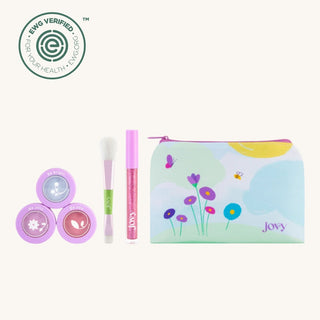
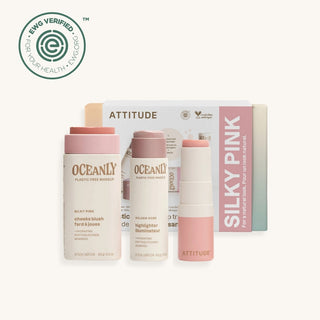
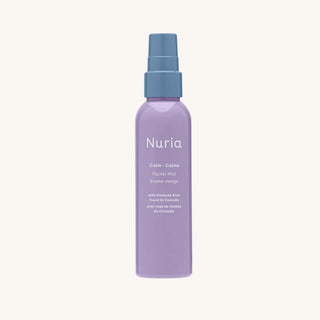
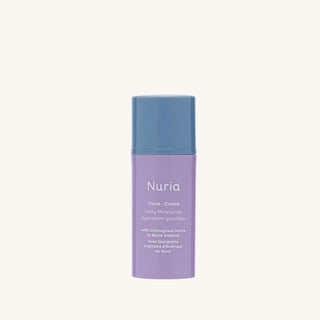
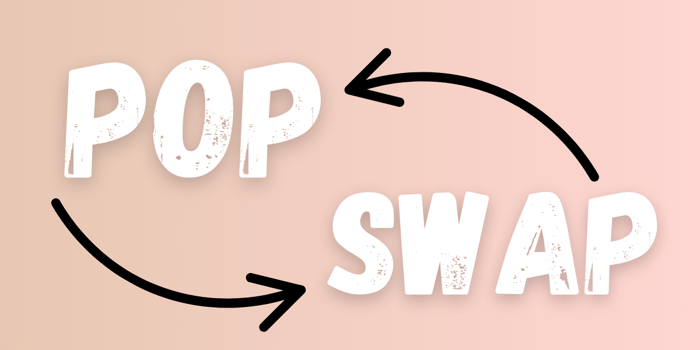
 Assets (13).png)
